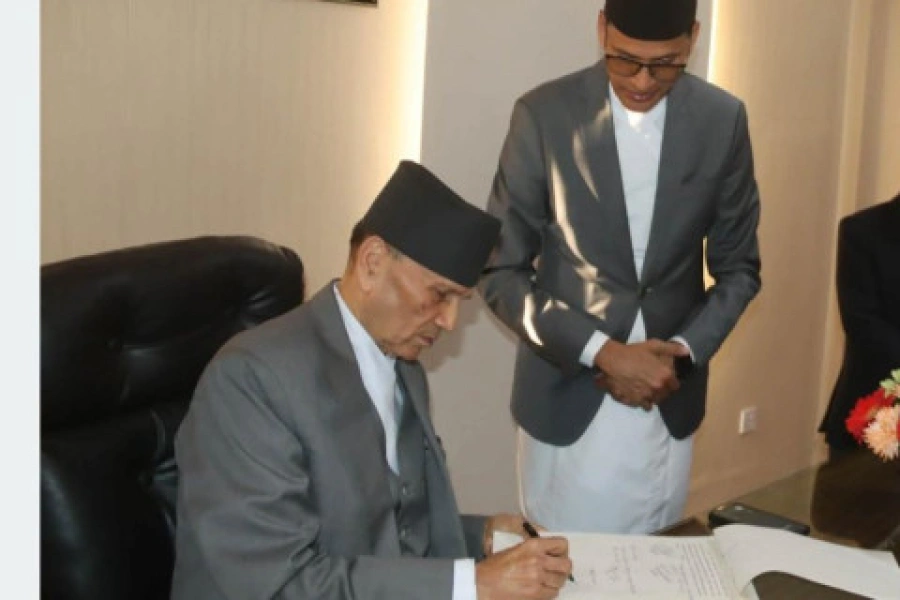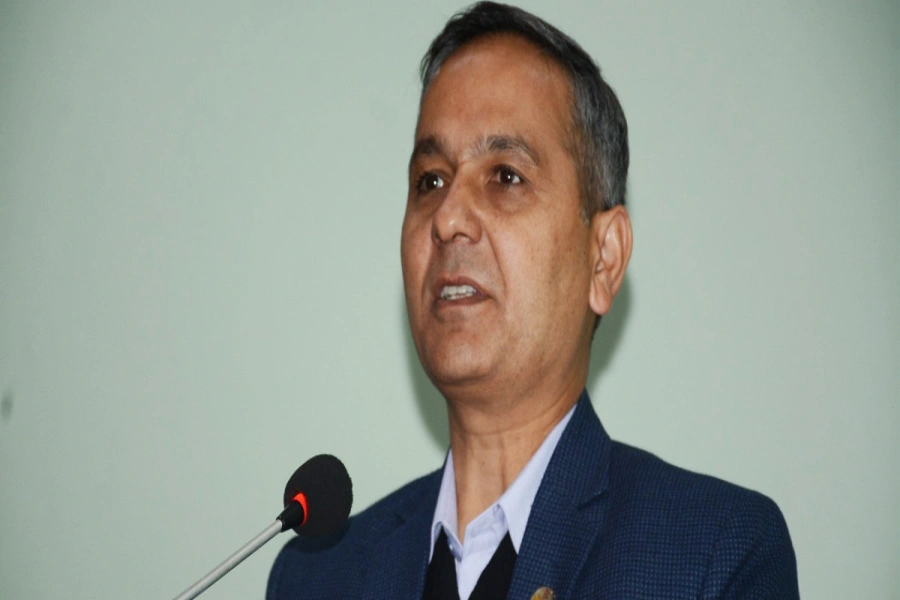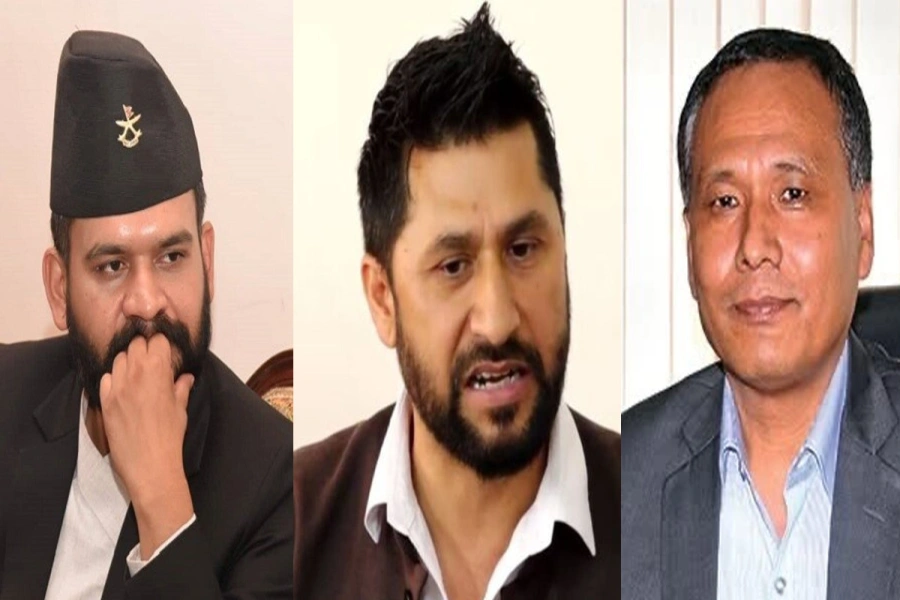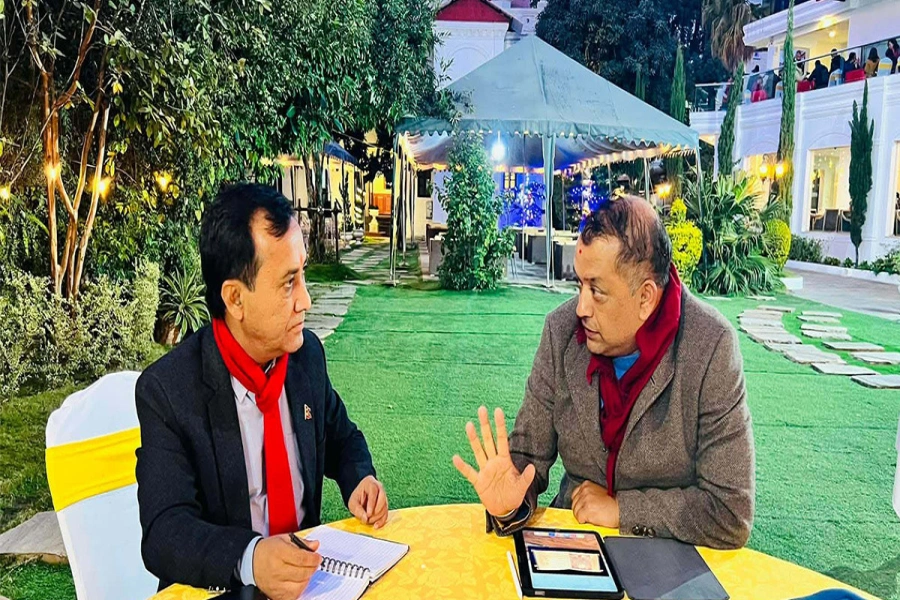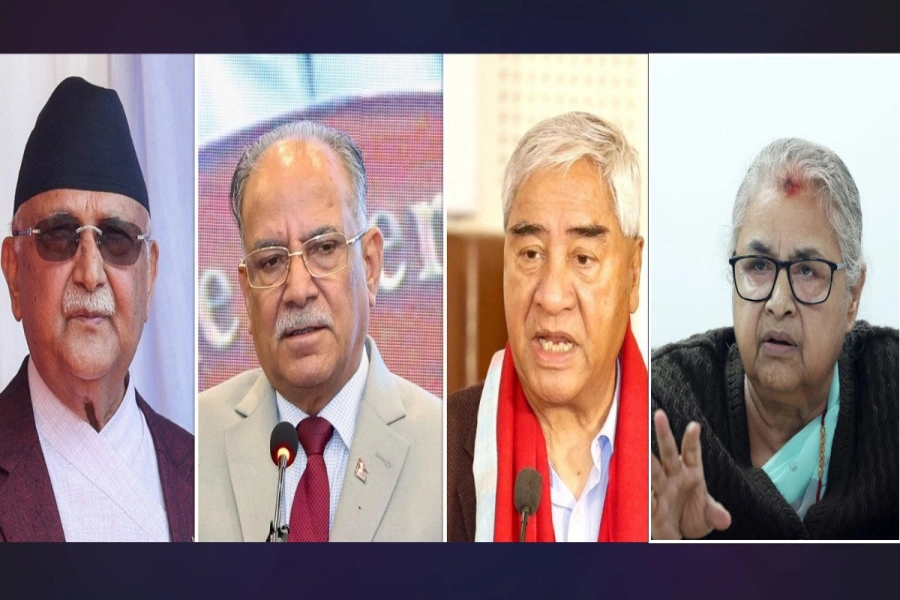The US election is finally over. The American people have spoken and given their verdict. Numerous pre-election opinion polls suggested it would be a close call but Trump defied all odds for a stunning victory. We congratulate President-elect Donald J. Trump as he returns to office again after a gap of four years as the Republicans secure well over 71 million popular votes (51%) comfortably winning a majority of the Electoral College votes. The Electoral College is a unique feature – a mechanism composed of 538 electors representing the 50 US states – who elect the US President and the Vice President. On Election Day – the first Tuesday in the month of November – the registered US voters in each state cast their ballots to elect the president and the vice president. Even as they vote for the president and the vice president, they technically vote to elect the electors, who make up the Electoral College in their respective states. The Electoral College then indirectly elects the president and the vice president. A candidate needs a majority of 270 of the 538 electoral votes to win a presidency. Trump's rival Kamala Harris and her Democratic party had to be content with 66 million popular votes – 47% of the ballots cast – making up 223 Electoral College seats.
The US presidential election is unique. It must be emphasized for the Nepali readers that the popular vote does not decide a winner or a loser in a US presidential election. That's precisely why Hillary Rodham Clinton lost the race to White House to Donald J. Trump in 2016 even as she secured roughly three million more popular votes than Trump. It is also important to note that the candidate winning the majority of the popular vote in particular states bags that particular state's entire Electoral College votes at stake. A question may arise in the reader's mind: Then, does the popular vote have any purpose, or meaning? Yes, it does. While the popular votes do not really influence the US Presidential election directly, they matter because these votes elect the electors. Although the final results are yet to be officially announced by the time we wrote this editorial, Trump is set to sweep into the Oval Office, the world's most powerful political office, on January 20, 2025. He lost to the incumbent President Joe Biden in 2020, but made a forceful comeback this time around. Trump's Republican Party looks set to have control over two other organs – the 100 member Senate or the Upper House and the 535-member House of Representatives, the lower house. A majority across the board and full control over the reins of power gives Trump a great opportunity to implement his twin agenda of border control and imports tariff, introduced during his first presidency in 2016.
Local level poll is historic need of country: PM Dahal

A change of guard at the White House sends wide ripples around the world. Trump, strongly criticized by the liberals across the US and the world over, is known for his in-ward looking approach. The US policy of looking in-ward is bound to impact the world order but it is still too early to hazard guesses. Nepal cannot be an exception; but the country perhaps doesn't need to be very worried, plainly because policy is yet to be unveiled; and, the US foreign policy tends to be consistent irrespective of which party is in power, or who the president is. In any case, the US has remained a crucial partner to Nepal's development efforts during the past 75 years of camaraderie. Instead of being worried or jubilant about Trump's victory, Nepal should get down to work: study the US policy towards Nepal and pursue Nepal's interests pro-actively, without becoming completely dependent on the fallout effects or the fringe benefits of the US policy towards Nepal.






